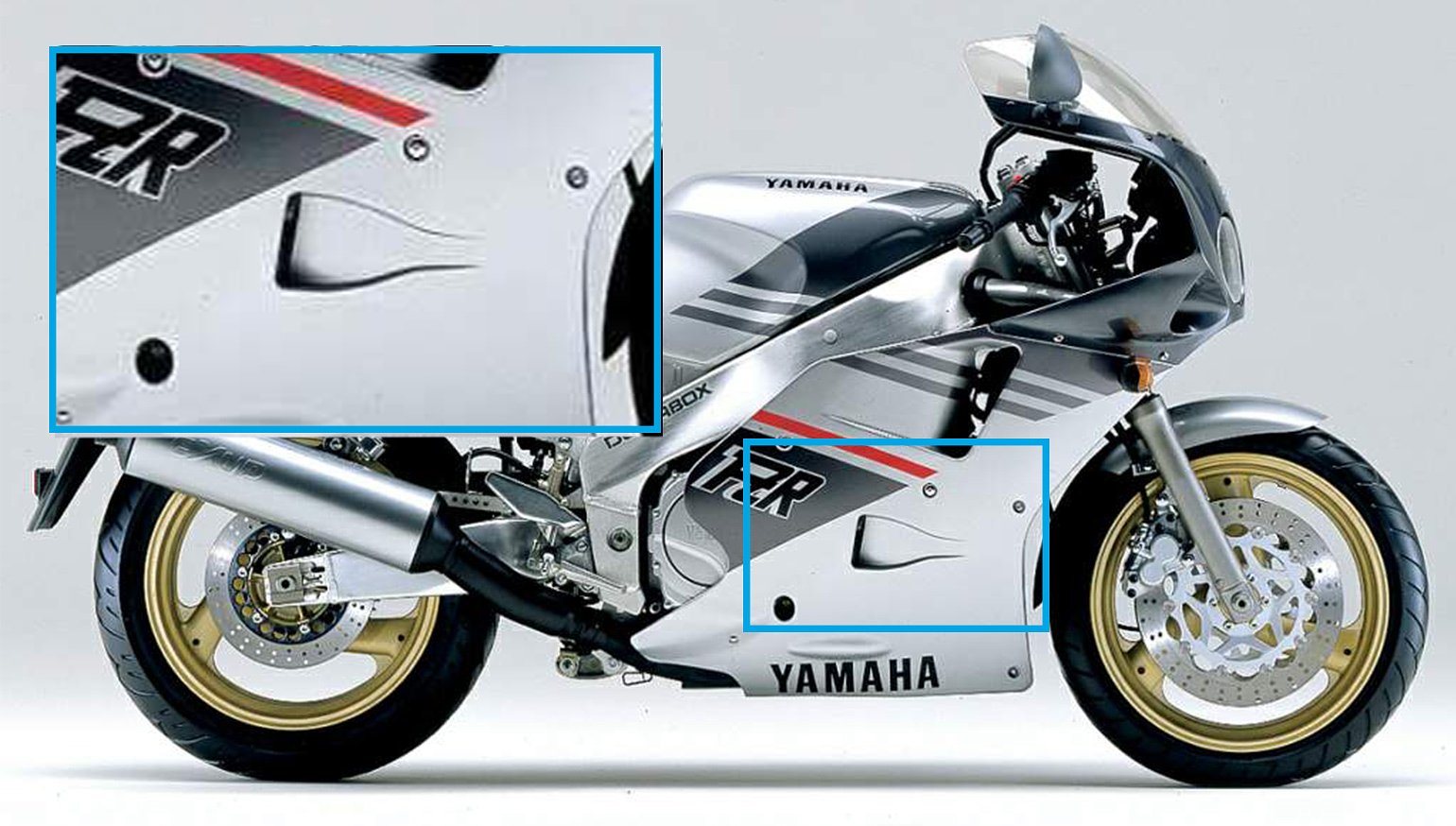A year into World War I — but two years before the United States entered — a new federal agency was created to advance the newfangled field of flight. The National Advisory Committee for Aeronautics, or NACA, interacted with everyone from Orville Wright to Chuck Yeager until it was disbanded in 1958.
You’re probably familiar with NACA’s replacement agency, NASA. I wonder if they bought a new sign, or just one letter?
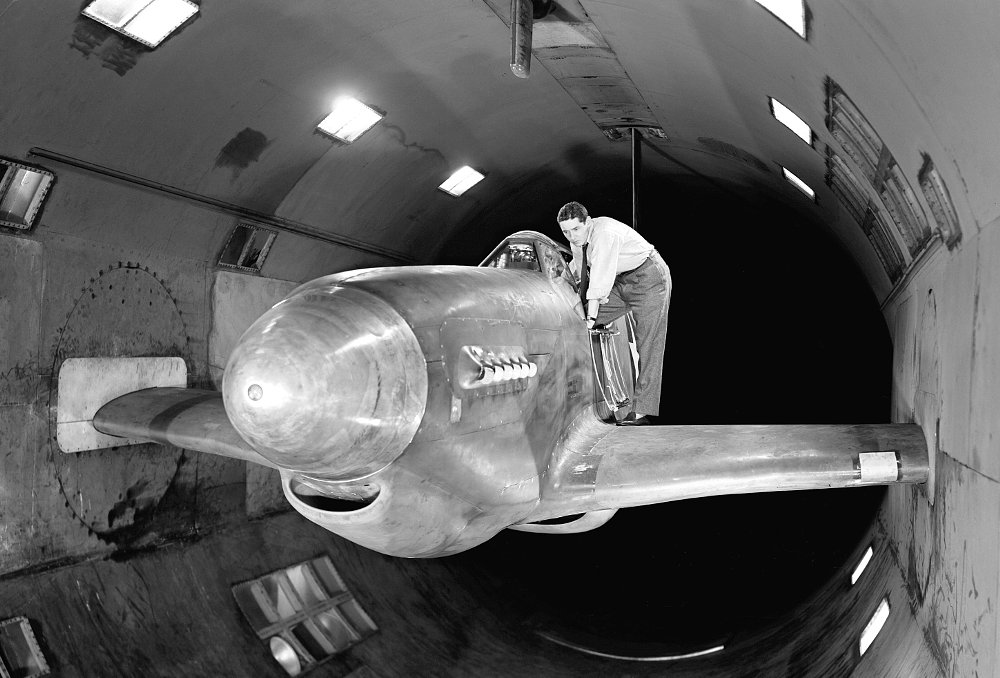
NACA’s greatest accomplishment was arguably its support of Allied aircraft technology during World War II. Eisenhower believed that D-Day wouldn’t have been possible without air superiority, and he personally thanked the agency for its contributions. NACA made all kinds of discoveries in forced induction, airfoil design, and other aspects of aviation, including a development in low-drag ducting called, appropriately, the NACA duct, which appeared in 1945. You might see it called a NACA scoop or a NACA inlet.
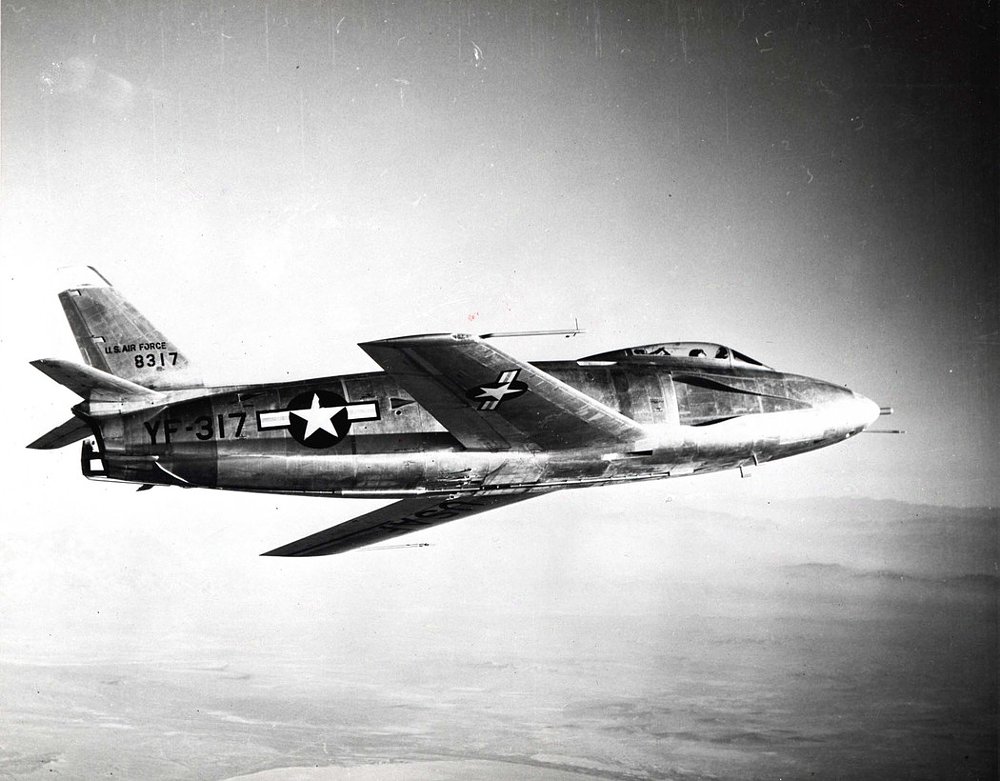
Imagine a giant hood scoop on an old muscle car. That’s a basic duct. It directs air from one place to another. The scoop looks cool, and it does move air, but it also introduces drag. That drag isn’t a big deal on a street car, but it’s definitely something to think about as you’re cresting 700 mph in an experimental fighter! Drag, after all, is proportional to velocity squared. So how do you get air into the vehicle without introducing too much unwanted drag?
You do it very carefully, that’s how. A NACA duct sits flush with the fuselage, fairing, hood, or whatever surface is moving though the air, rather than rising above the surface like a scoop. The duct’s gentle ramp (typically around seven degrees) angles towards the interior, and it widens as it deepens. Air passes through the duct, and drag remains manageable, even at high speeds. Incoming air can then be directed with hoses, if needed. And as some NASCAR teams learned before the practice was banned, pointing the duct backwards makes it work like an extractor. Useful and fairly efficient, the NACA duct’s shortcoming is that it doesn’t move as much air as high-drag designs, which “ram” the air into the duct with accompanying drag and turbulence. The NACA design is just one more tool in the toolbox for vehicle designers and engineers.


As fairings became more common, the distinctive ducts started showing up on motorcycles, too. The best example that comes to my mind is the Honda VFR750, for obvious reasons.

As a general rule, one big NACA duct is better than a bunch of little ones. You'll spot them on all kinds of early sportbikes, and even modern MotoGP bikes. Like airplanes and cars, motorcycles need to move air to hot components. It's fascinating to me that we're using a solution from the 1940s to get that air where it's needed.
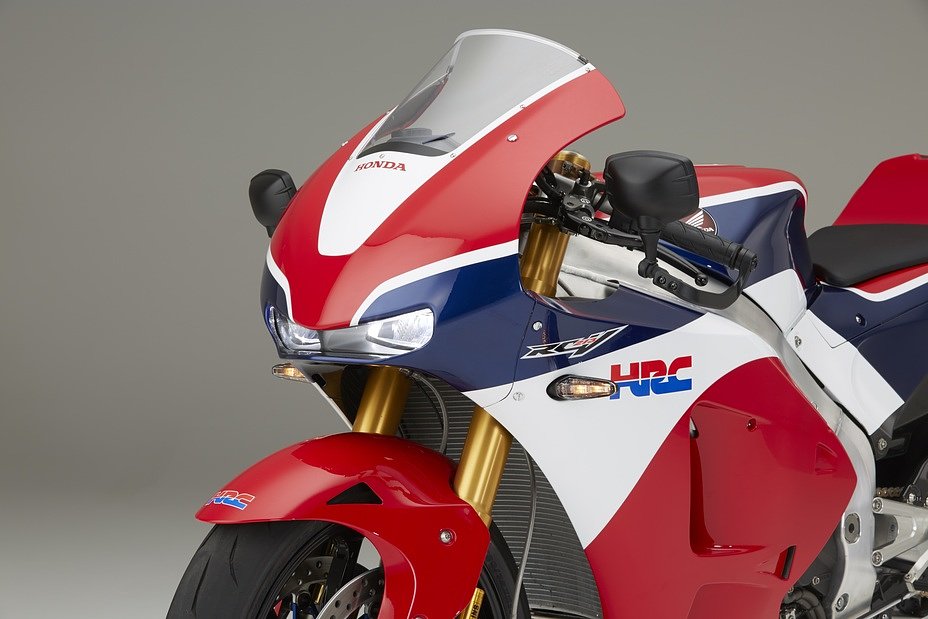
There’s one more thing the NACA duct does. It implies that a vehicle is fast, and, by extension, cool. I don’t know of many boring vehicles that came with NACA ducts from the factory. If you want to add your own, you can always buy premade ducts and cut some holes in your ride. How much effort you put into their placement is up to you.
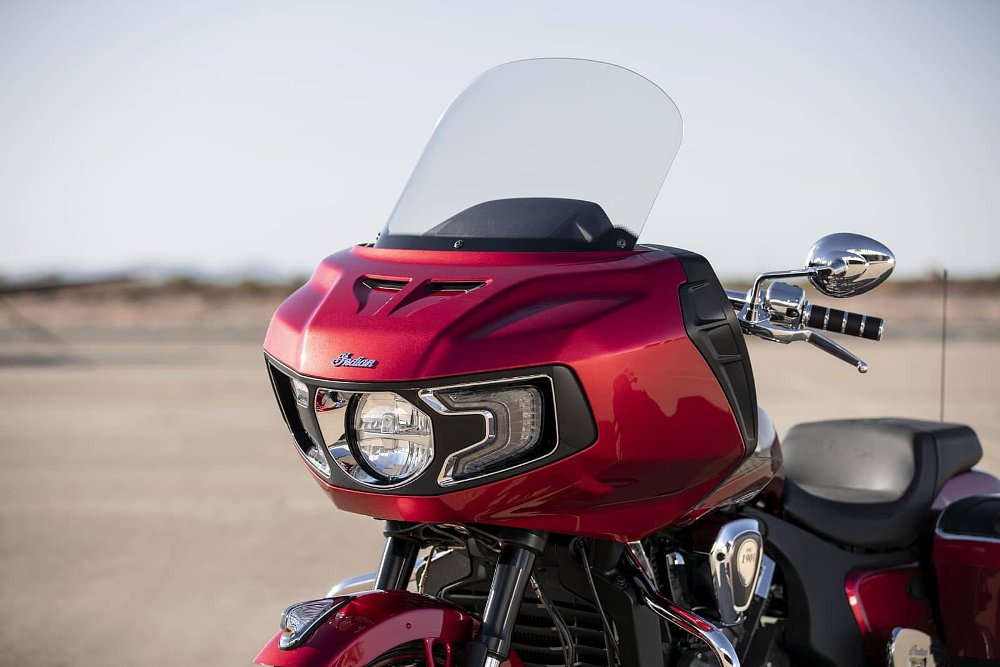
Will modern aero-modeling software kill off the NACA duct? I doubt it. Whether your vehicle is wearing them for actual cooling or just cool points, I think there will be a place for these funny little indentations for as long as there’s a need to duct air at speed.




